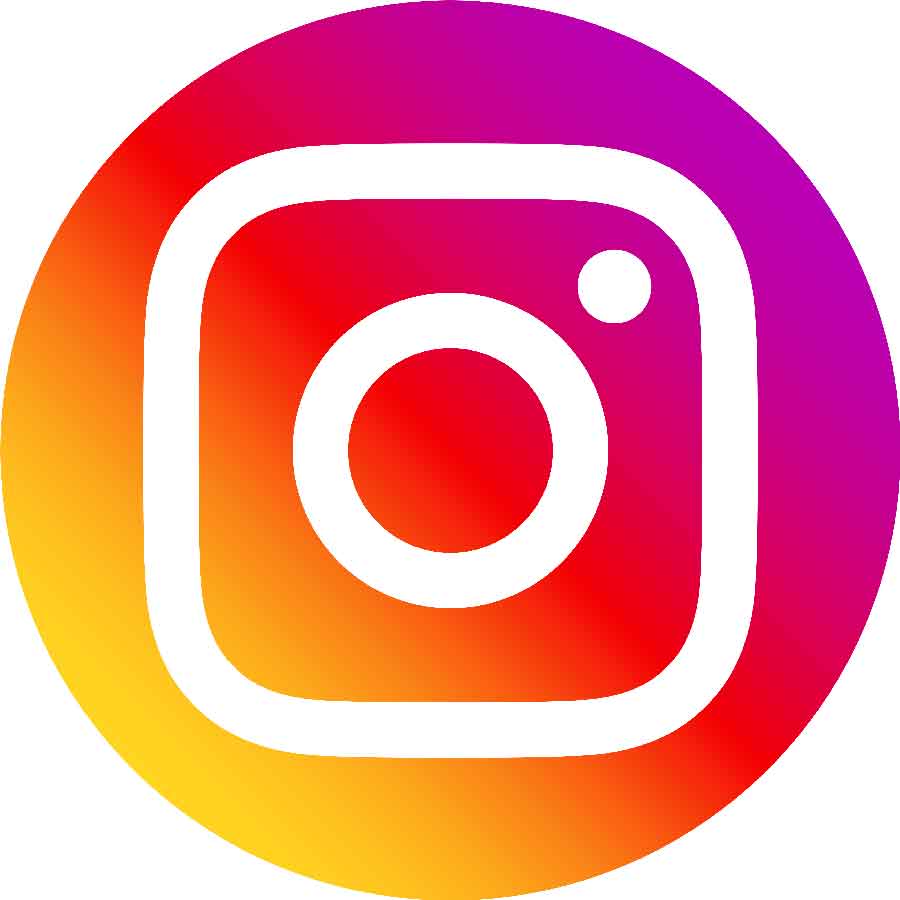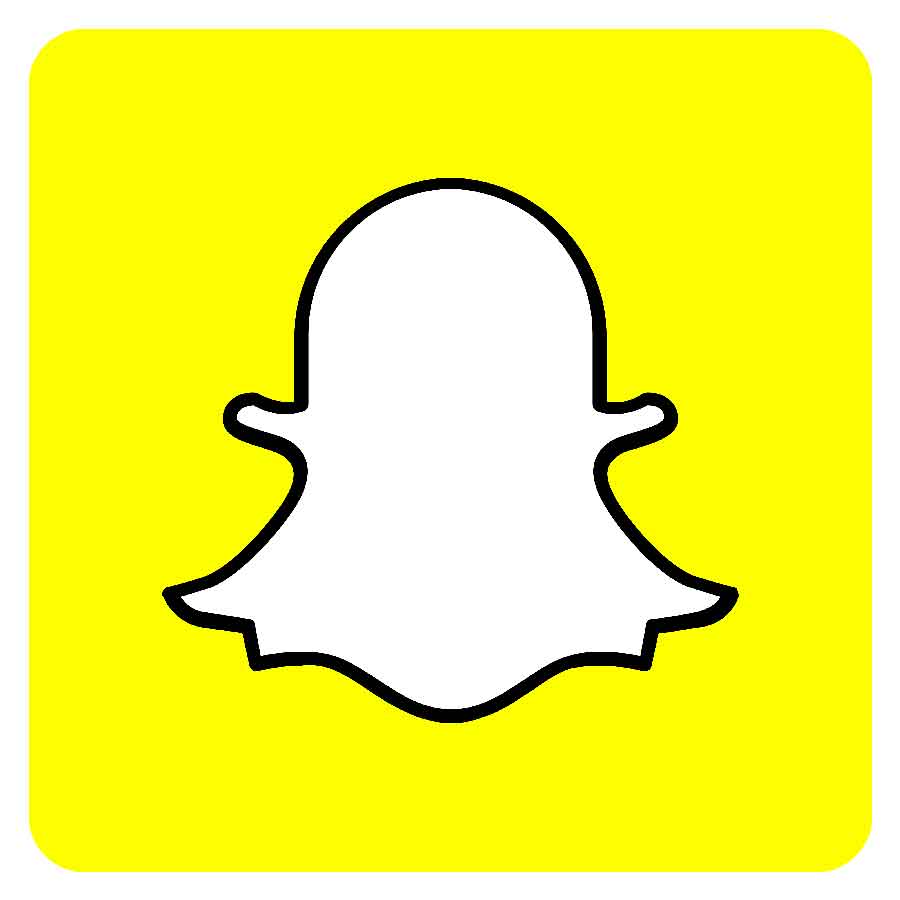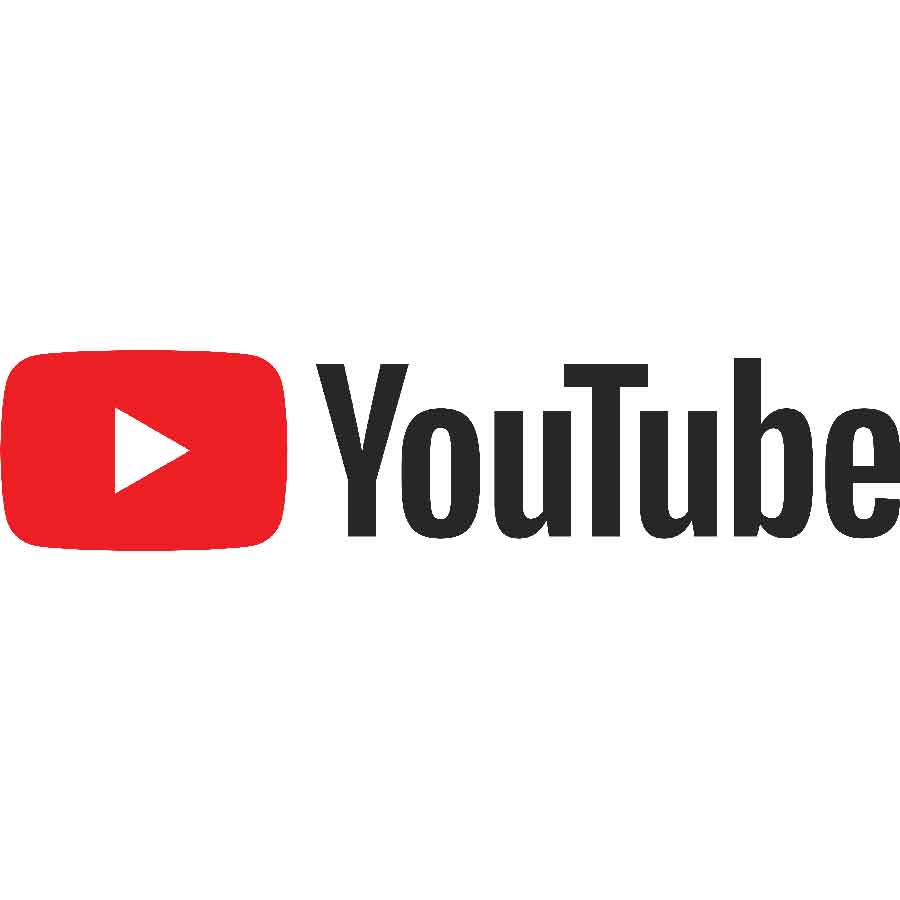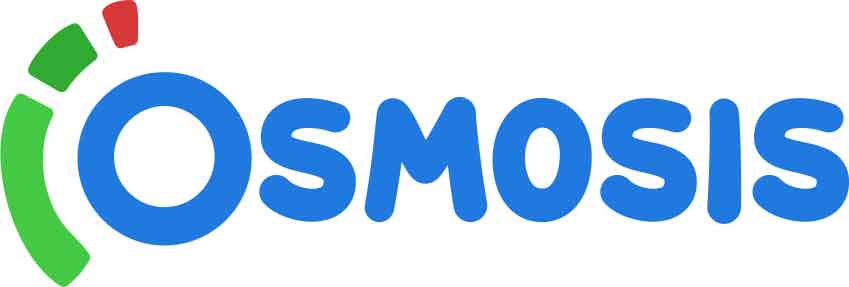By Kirsten Mickelwait

Until recently, many people deplored the growing use of technology and our reliance on digital devices in lieu of face-to-face relationships. On-screen interactions seemed a less effective way to communicate, distancing us and making us more reliant on our devices than on each other. However, the recent pandemic demonstrated that these devices, apps and platforms can enable us to stay connected whether or not in-person meetings are possible. In dental education and in the real world, technology is helping us to communicate better, faster and more efficiently.
The Arthur A. Dugoni School of Dentistry’s use of technology continues to evolve through the strategic implementation of interactive instruction, digital dentistry, experiential learning, communication tools and information sharing. We recently asked several Dugoni School of Dentistry students how they use technology—including during this challenging period—from classes and time management to personal relationships, and what practices they’ll keep moving forward.
For an institution like the Dugoni School of Dentistry that stresses humanistic learning and experience, the need for technological support poses an additional challenge: How do you continue to promote a culture of interpersonal engagement when students, faculty and staff are communicating through devices? Robert Zhou, Class of 2023 and American Student Dental Association (ASDA) representative, points out that weekly emails and updates from Dean Nader A. Nadershahi ’94 and Executive Associate Dean Eve Cuny keep everyone feeling connected and valued as part of the Dugoni School community.
The school’s own app is a great digital resource, with content ranging from the dean’s messages and a school-wide employee directory to event videos, recent photos and the weather forecast. The app also enabled students, faculty and staff to upload their weekly antigen tests and to access the electronic building entry screening form during the height of the pandemic.

In dental education and in the real world, technology is helping us to communicate better, faster and more efficiently.
Academics
If there’s one enterprise that has benefited from the past two years, it’s Zoom. There’s hardly a person who is not now familiar with virtual backgrounds, chat bars, how to “unmute” themselves and grooming and dressing professionally only from the waist up. From March 2020 to June 2021, dental students used this platform and Webex video conferencing to attend didactic lectures, visit faculty during office hours, participate in classroom discussions and organize school events. Other popular resources include Canvas, the university’s learning management system, Slack for sharing information, Notability for note-taking and studying and Osmosis for instructional videos.
“For me, the most interesting example of technology innovation was the ‘at-home’ dental simulation exercises where we received feedback from faculty members using an intraoral camera via Zoom,” says Heera Govindarajan Venguidesvarane, president of the IDS Class of 2022. “Before COVID, I don’t think any of us could have imagined that this would be possible. In spite of many challenges, it was a really creative use of resources and technology.”
Zhou says that Osmosis videos have been a helpful support tool for class lectures, supplementing students’ understanding of certain didactic courses. Osmosis is an online learning platform featuring animated instructional videos on a range of dental and medical topics. Faculty from the Dugoni School of Dentistry have co-developed dental videos with Osmosis.
Extracurricular Communication
Outside of class, there are many opportunities to engage with fellow Dugoni School of Dentistry students and colleagues at other dental schools. Class presidents use apps like Groupme for free group messaging and Discord for topic-based, invitation-only channels to share class updates and helpful advice. Facebook Groups and Facebook Messenger are also popular for school-related communications. And “Lunch and Learn” gatherings are hosted in person or on Zoom.

As a CDA representative, I relied heavily on Google Docs and Zoom to coordinate meetings with other CDA reps and organize events for the student delegation.
—Darius Tenorio, Class of 2023
“As a CDA representative, I relied heavily on Google Docs and Zoom to coordinate meetings with other CDA reps and organize events for the student delegation,” says Darius Tenorio, Class of 2023. “Our class job fair and advocacy day, where we advocate oral health bills to both state senators and assembly members, were held on Zoom. It was a great way to continue these relationships and events.”
Time Management and Organization
Any Dugoni School of Dentistry student will cite time management as a key skill for succeeding in dental school. Several students credit Google Calendar—or “gCal”—and the entire Google Suite as being the secret to their success managing classes and meetings. “I use the Sleep Cycle app as my personal alarm clock and for tracking my sleep quality and quantity,” says Zhou. “The Reminders app lets me make quick bullet-point lists for daily tasks, school assignments and other personal responsibilities.”
Wellness
One of the greatest challenges of a rigorous three-year dental school curriculum is staying motivated to exercise and follow other healthy practices. Two sources are favorites of the dental students we talked to: Peloton streaming workouts and YouTube fitness videos. The latter is a virtual unlimited resource of instructional and entertainment videos from which you can learn anything from yoga to digital photography.
“One of my favorite pastimes is watching cooking videos on Instagram and YouTube,” says Tenorio. “Not only is it a great way for me to get lessons in the kitchen, but ASMR food videos are very relaxing!” Autonomous sensory meridian response (ASMR) is a category of video designed to create sounds and visuals that elicit a pleasant physical response. Another popular YouTube genre is mukbang or meokbang, an online audiovisual broadcast in which a host consumes great quantities of food while interacting with the audience. First made popular in South Korea in 2010, it’s now a global trend.
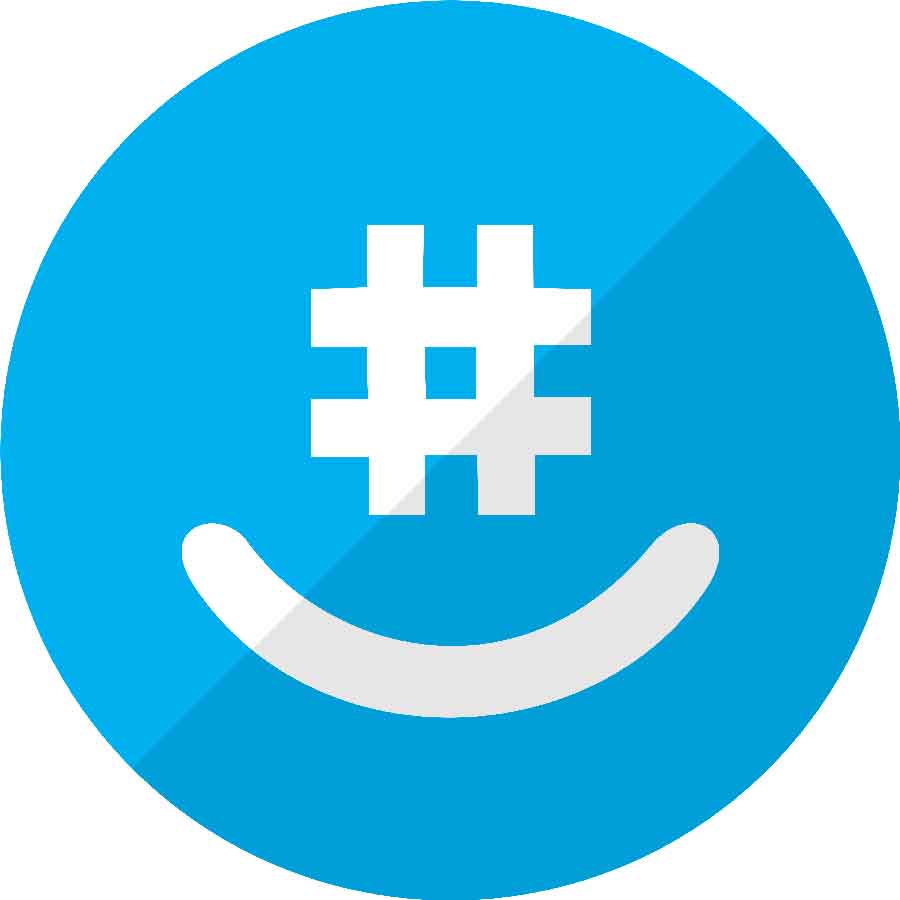
The lines are blurring between the individual entities of personal interaction and our technological devices.
— Danika Lund, Class of 2022
Social Interaction
Of course, interacting on social media is hardly new for dental students. But use of platforms like Instagram, Snapchat and WhatsApp Messenger has only intensified during the past two years, both for social engagement and for school-related communications. A class meme account on Instagram called “@dugonishomies” has been great for building and maintaining class spirit.
“As a member of the original COVID class, I didn’t meet many of my classmates until partway through our first year,” says Tenorio. “But technology allowed us to stay connected, talk and become part of the Dugoni School family.”
For anyone who is still unclear about the difference between WhatsApp and regular text messaging, WhatsApp is considered to be more resourceful than a text message. It doesn’t require a stable phone connection and can work on WiFi or any 2G/3G network. And, because it uses end-to-end encryption, WhatsApp is inherently a safer option than other messaging apps. It’s also great for international texting because it doesn’t incur long-distance charges. “Since our international program is a class of 26 students, it is easy for us to form groups and communicate via WhatsApp Messenger,” says Venguidesvarane, the IDS class president, who is from India.
Finding a Balance
Dugoni School of Dentistry students returned to in-person simulation labs and patient care in June 2020, at a reduced capacity that was increased over several months. How did they feel about returning to a more face-to-face world? Everyone we spoke with agreed that working together again in person was a welcome relief. But they had also adapted to remote communication and were reluctant to give up some of that convenience. Asynchronous learning won’t go away.
“Many faculty increased their expertise in distance learning methods during the pandemic interruption and have created ongoing hybrid (in-person and online) courses,” says Dr. Cindy Lyon ’86, associate dean for oral health education.
“These digital platforms are absolutely here to stay,” says Danika Lund, Class of 2022 and co-president of the Endodontics Study Club and Military Club. “Personal interaction is the driving force of increased use and expansion of communication-based technology. The lines are blurring between the individual entities of personal interaction and our technological devices.”
Tenorio appreciates Zoom-recorded lectures because they have allowed him to re-watch lectures after the fact, slowing down the video when necessary to help him better grasp a subject. And now that faculty have learned how to teach remotely, such digital advantages have been incorporated into curricula, offering both on-campus and digital experiences. The students interviewed agreed that they’ll continue using all these apps and platforms in both their school work and their social lives.
Of course, technology will always have a place in our modern world. The key is finding a balance between the many options and conveniences of the digital space with the personal rewards of gathering and learning in person. The Dugoni School of Dentistry’s students have discovered that, by staying flexible and getting creative, they can thrive and learn together with the latest technology.
Kirsten Mickelwait is a San Francisco-based copywriter and professional storyteller.
